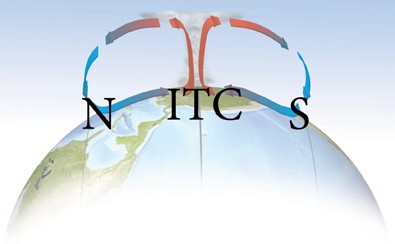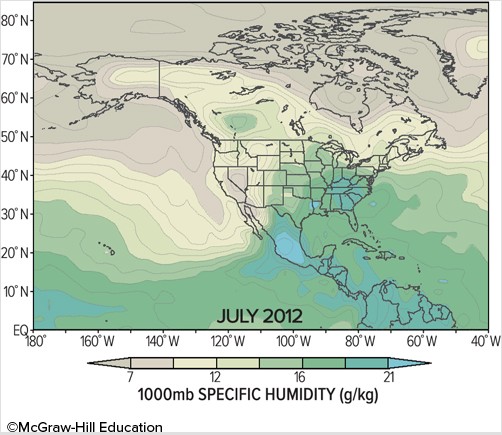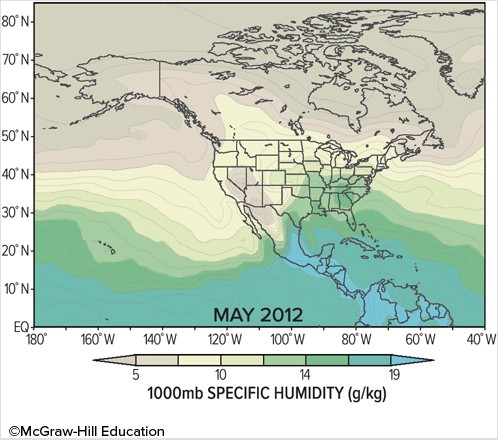In June, the Intertropical Convergence Zone (ITCZ) tends to shift south into the Southern Hemisphere.
Answer the following statement true (T) or false (F)
False
You might also like to view...
If you buy a product that is "natural," you can be assured that the product
A. Contains no pesticides B. Is better for the environment C. Is nontoxic to humans D. Contains no harmful ingredients E. None of these is correct
An environmental geologist could be expected to apply the scientific method to all of the following
questions EXCEPT:a. Which public policy can best lower population growth rate? b. Which regions in the United States have the lowest seismic risk? c. How did the water supply to a community get contaminated? d. Are the soils in a sub-development safe to build on? e. What is the landslide potential of building a shopping mall outside a city?
"N" on the globe represents the northern hemisphere; "S" on the globe represents the southern hemisphere; ITC stands for the Intertropical Convergence Zone. Where will the ITC shift in July?
A. N B. S C. ITC will stay over the equator.
Observe these two maps of specific humidity, the top from July 2012, the bottom from May 2012. Which condition could account for the observed changes?

A. July strengthening of the Bermuda-Azores high advecting moisture to the High Plains from the Gulf of Mexico. B. May strengthening of the Hawaiian high advecting moisture in a zonal pattern to the High Plains from the Pacific. C. May strengthening of the Bermuda-Azores high advecting moisture to the High Plains from the Gulf of Mexico. D. July strengthening of the Hawaiian high advecting moisture in a zonal pattern to the High Plains from the Pacific.